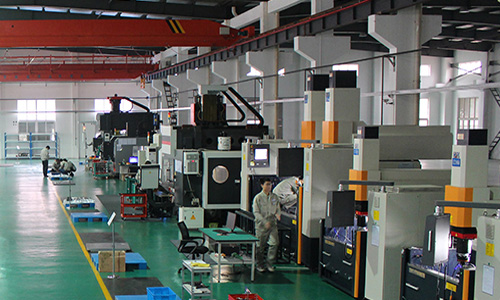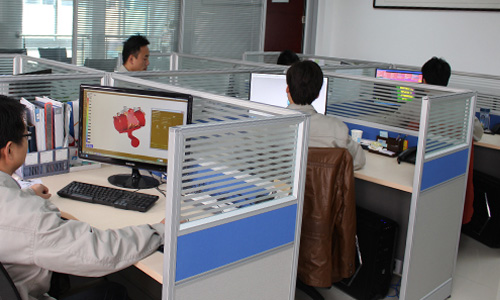-
模流分析

FEM Model Generator有限元模型发生器
Multi-component Meshing多组分啮合
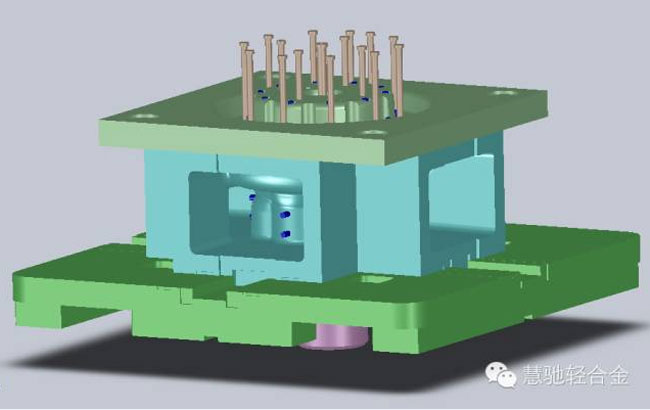
CAD Data CAD数据
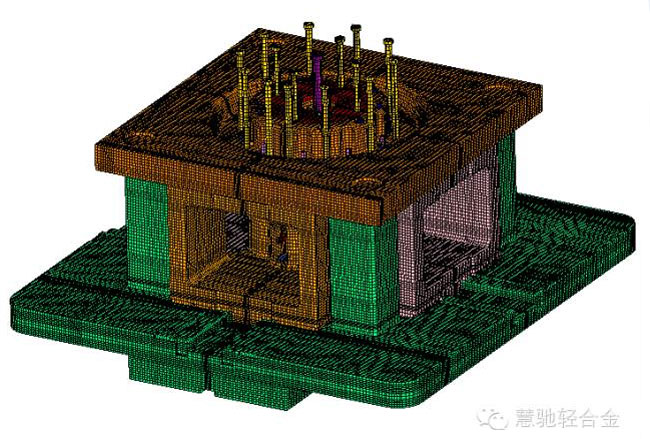
FEM Mesh有限元网格
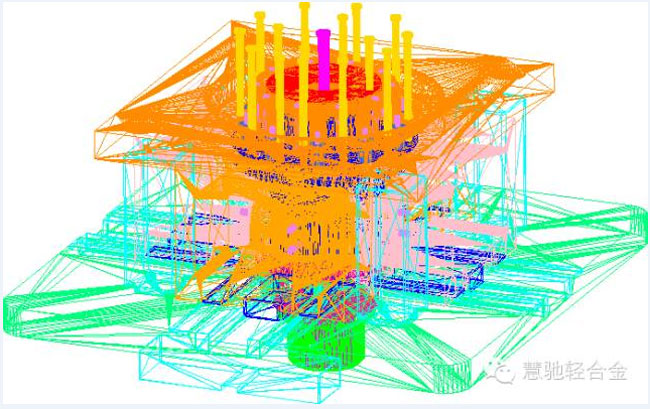
STL File STL文件
Why FEM?为什么采用有限元模型?
FEM vs. FDM
•Finite element models are a more accurate representationof actual casting geometry and therefore provide more accurate simulation results
•有限元模型是一个更准确的表示,实际铸造的几何形状,从而提供更准确的模拟结果
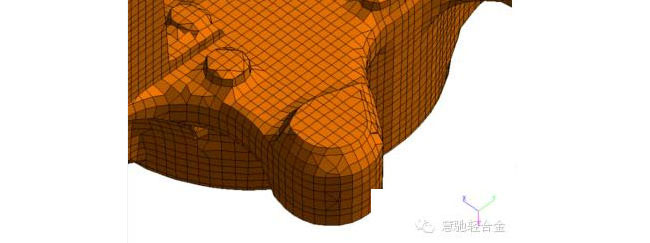
Finite Difference有限差分
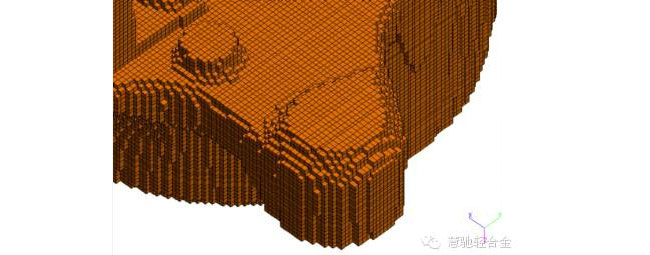
KENT Finite Element肯特有限元
Flow Simulation流动模拟
Fluid Flow Simulation流体流动模拟
•Fully functional FEM casting filling simulation code全功能有限元铸造充模仿真代码
•Ability to observe filling patterns, monitor fluid temperatures, trap gas defect predictions, and particle tracking观察充填模式,监测流体温度,气体缺陷预测,粒子跟踪能力
•Solve with moving mesh –Shot sleeve and Tilt pour用移动网格的方法来解决
•Two-phase flow for back pressure calculation双相流反压计算
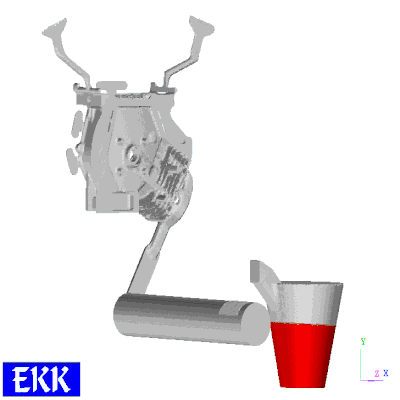
Flow Simulation流动模拟
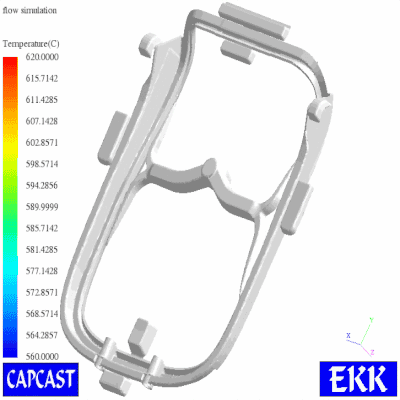
Temperature during fill填充时温度图
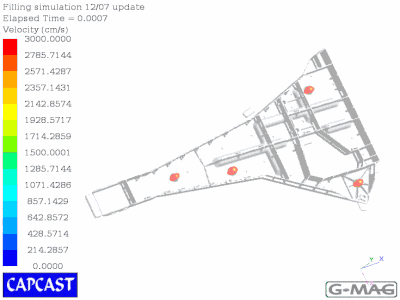
Velocity during fill填充时速度图
Flow Simulation流动模拟
Pressure and Trapped Air压力,卷气
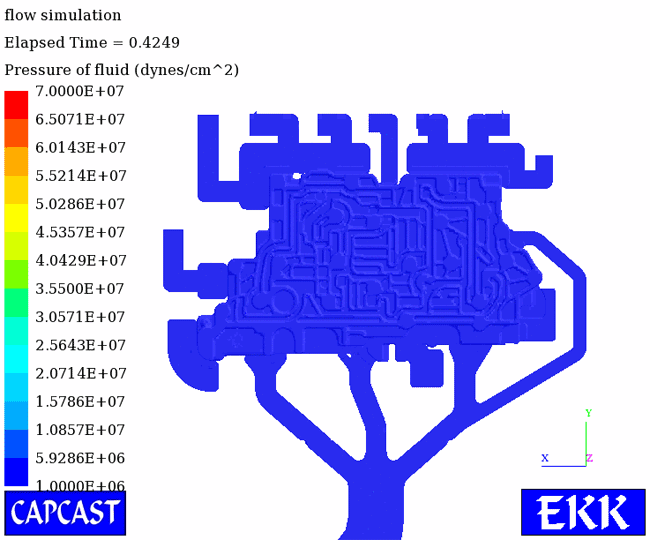
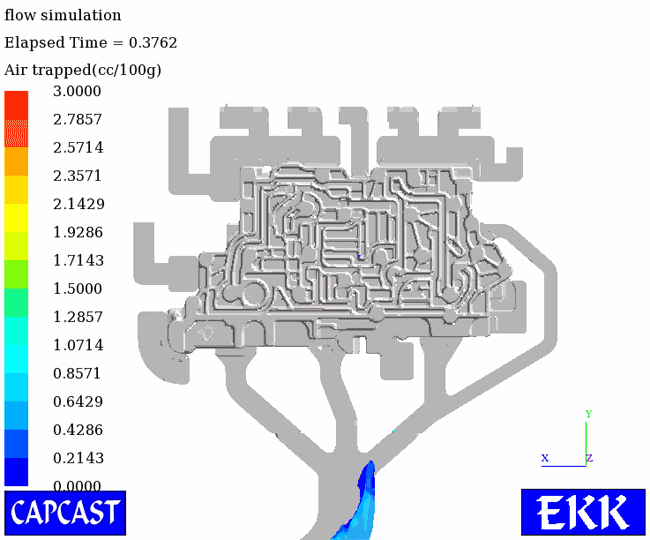
Verification – Thixomolding Flow Simulation验证–触变流动模拟
Comparison比较
Comparison between cast part and flow simulations (Mg)铸造件和流动模拟的比较(镁合金)
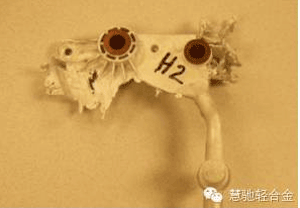
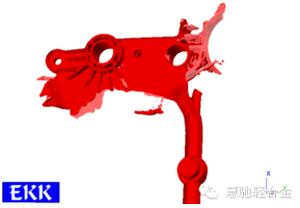
Thermal热
Thermal Analysis热分析
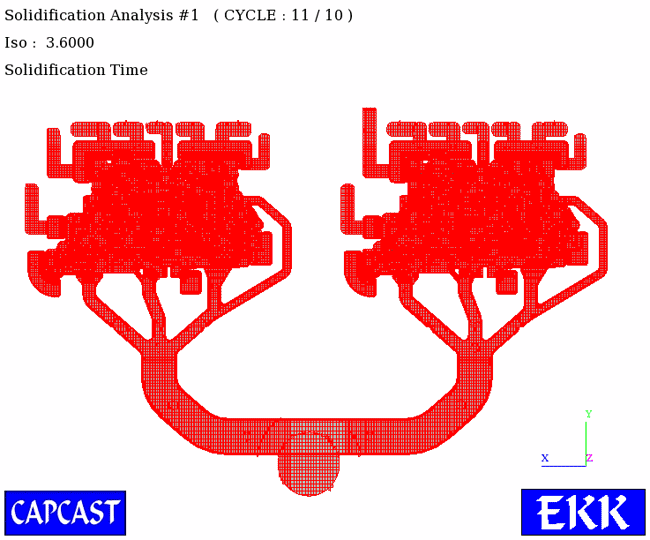
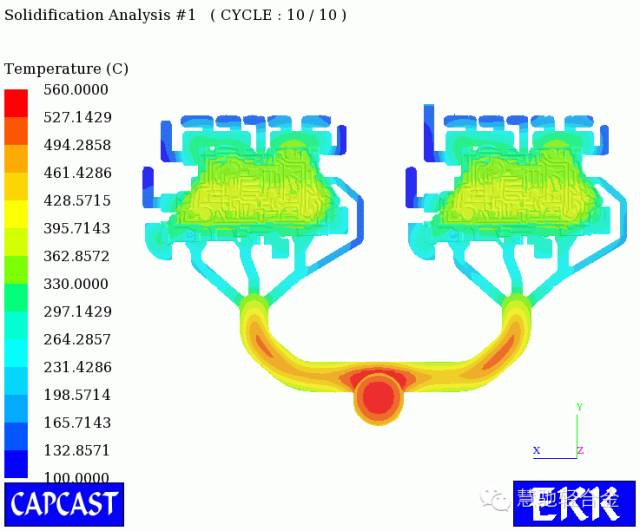
Stress Analysis应力分析
Capabilities变形能力能力
•Same mesh model can be used for flow and stress analysis同样的网格模型可以用于流动和应力分析
•Large problems can be handled efficiently有效地处理大问题
•Can be combined with porosity results 可以结合孔隙度结果
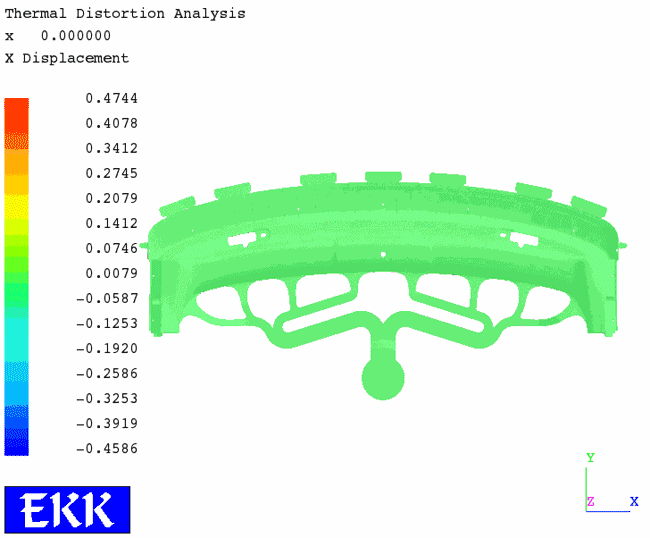
Thermal Crack热裂纹
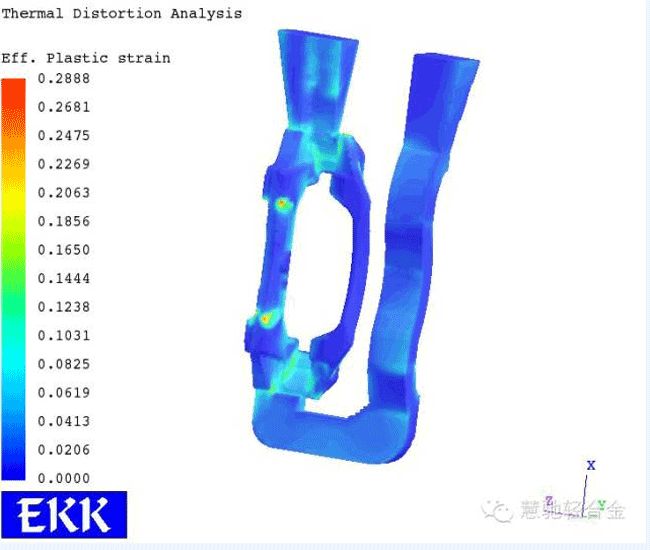
Displacement位移
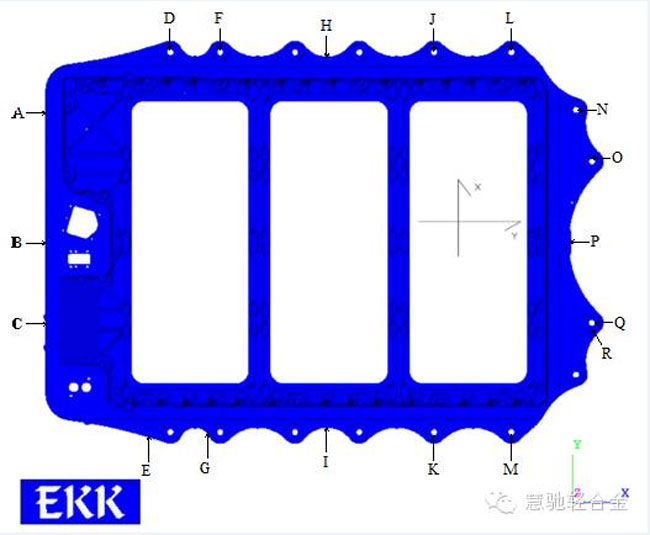
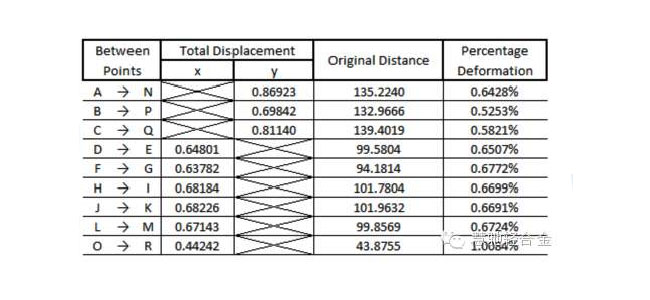
联系方式:姚女士 / 15618000557
固定电话:0512-52057592
电子邮件:y.yao@hcat.com.cn
公司地址:江苏省常熟市高新区金门路2号2幢西
固定电话:0512-52057592
电子邮件:y.yao@hcat.com.cn
公司地址:江苏省常熟市高新区金门路2号2幢西


